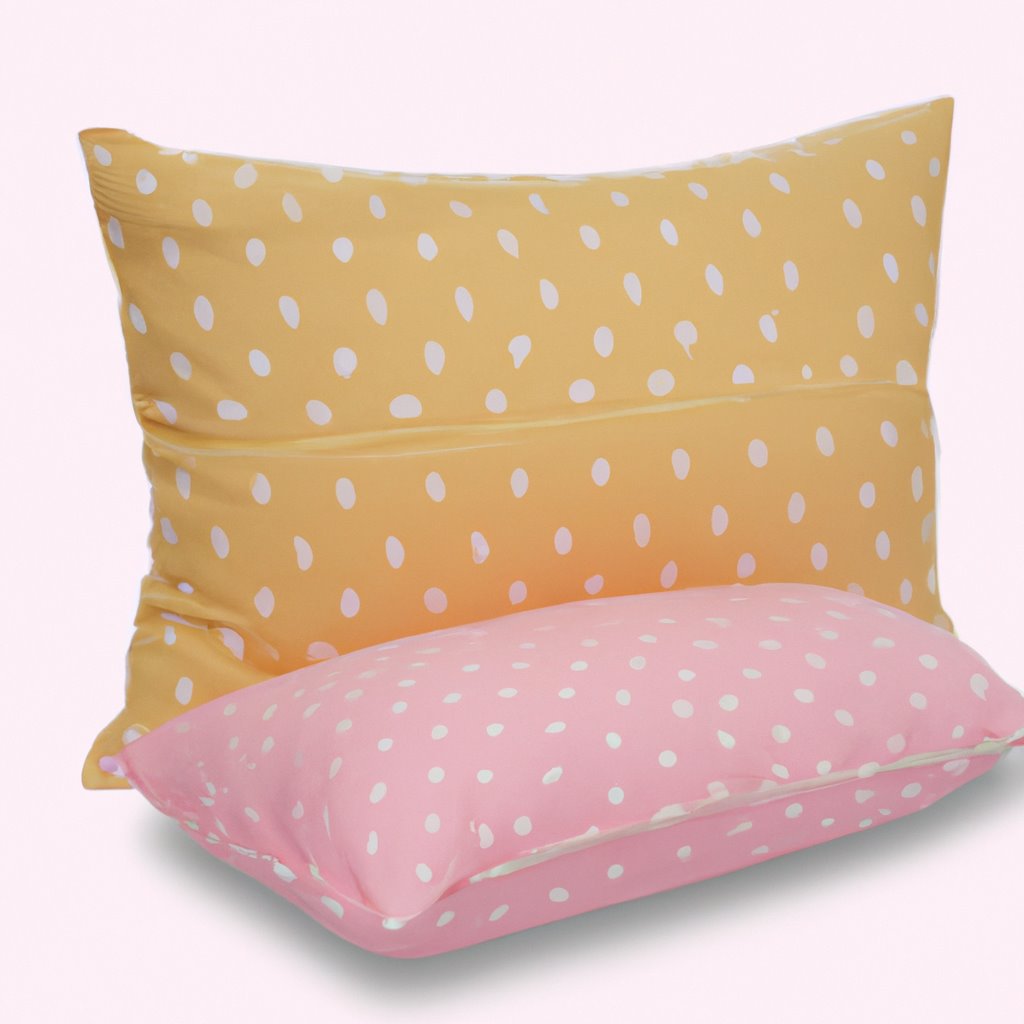As outdoor enthusiasts, we all know the importance of a good night's sleep while camping. Sleeping pads play a crucial role in ensuring that we are comfortable and well-rested during our adventures in the great outdoors. In this comprehensive guide, we will cover everything you need to know about sleeping pads, from different types and materials to key features and tips for choosing the right one for your needs.Types of Sleeping PadsThere are several types of sleeping pads available on the market, each with its unique features and benefits. The most common types of sleeping pads include:1. Air Pads: These sleeping pads are lightweight and packable, making them ideal for backpacking and camping trips where weight and space are limited. Air pads are inflated manually or with a pump and offer excellent insulation and comfort.2. Self-Inflating Pads: Self-inflating pads are a popular choice among campers for their convenience and comfort. These pads have a foam core that expands and fills with air when the valve is opened, providing cushioning and support.3. Closed-Cell Foam Pads: Closed-cell foam pads are durable and lightweight, making them a great option for backpackers and hikers. These pads are constructed from dense foam that provides insulation and protection from the cold ground.MaterialsSleeping pads are made from a variety of materials, each with its own unique properties and benefits. The most common materials used in sleeping pads include:1. Nylon: Nylon is a lightweight and durable material that is commonly used in air pads and self-inflating pads. Nylon sleeping pads are easy to pack and provide excellent insulation.2. Polyester: Polyester is a versatile material that is often used in closed-cell foam pads. Polyester sleeping pads are affordable and offer good insulation and cushioning.3. Thermoplastic Polyurethane (TPU): TPU is a flexible and durable material that is used in air pads for added puncture resistance and waterproofing.Key FeaturesWhen choosing a sleeping pad, there are several key features to consider to ensure that you get the best possible sleep outdoors. Some of the most important features to look for include:1. R-Value: The R-value of a sleeping pad indicates its insulation properties, with higher values providing better insulation. Choose a sleeping pad with a high R-value for cold weather camping to stay warm and comfortable throughout the night.2. Thickness: The thickness of a sleeping pad will affect its comfort and support. Thicker pads are more cushioned and may be more suitable for side sleepers or those who prefer a softer sleeping surface.3. Weight and Packability: Consider the weight and packability of the sleeping pad, especially if you will be carrying it on backpacking trips. Lightweight and compact sleeping pads are essential for minimizing bulk and weight in your pack.4. Size: Choose a sleeping pad that is large enough to accommodate your body comfortably while still fitting inside your tent. Some sleeping pads come in different sizes to suit individual preferences.5. Valve Type: Look for a sleeping pad with a reliable valve that is easy to use and prevents air leakage. Some valves are designed for quick inflation and deflation, making setup and pack-up a breeze.Tips for Choosing the Right Sleeping PadTo help you select the best sleeping pad for your camping needs, consider the following tips:1. Determine your camping style and preferences: Consider the type of camping you will be doing, whether it's backpacking, car camping, or basecamping. Choose a sleeping pad that suits your camping style and comfort preferences.2. Test out different sleeping pads: Visit a local outdoor retailer or camping store to try out different sleeping pads and see which one feels most comfortable to you. Lie down on the pads and test their firmness, thickness, and overall feel.3. Read customer reviews and ratings: Check online reviews and ratings for sleeping pads to see what other campers have to say about their experiences with specific brands and models. This can help you make an informed decision when choosing a sleeping pad.4. Consider your budget: Set a budget for your sleeping pad purchase and look for options within your price range that still meet your comfort and insulation needs.5. Take care of your sleeping pad: Properly maintain and store your sleeping pad to ensure its longevity and performance. Clean your sleeping pad regularly, avoid sharp objects that could puncture it, and store it uncompressed to maintain its shape.In conclusion, sleeping pads are an essential piece of gear for any outdoor adventurer who wants a good night's sleep in the wilderness. By understanding the different types, materials, key features, and tips for choosing the right sleeping pad, you can make an informed decision that will enhance your camping experience and keep you comfortable and well-rested during your outdoor adventures. So, invest in a high-quality sleeping pad and rest easy knowing that you have a comfortable place to lay your head after a long day of exploring the great outdoors.


leave a comment